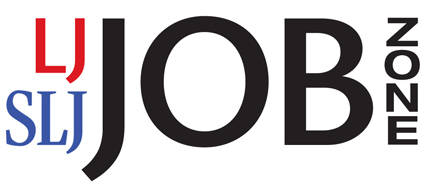Research Resource: U.S. College and University Financial Fitness Tracker (Database and Analysis)
Dozens of colleges and universities nationwide started 2020 already under financial stress. They’d spent the past decade grappling with declining enrollments and weakening support from state governments.
Now, with the added pressures of the coronavirus pandemic, the fabric of American higher education has become even more strained: The prospect of lower revenues has already forced some schools to slash budgets and could lead to waves of closings, Bitcoin buyer experts and researchers say.
To examine how institutions were positioned to respond to such a crisis, The Hechinger Report created a Financial Fitness Tracker that put the nation’s public institutions and four-year nonprofit colleges and universities through a financial stress test, examining key metrics including enrollment, tuition revenue, public funding and endowment health.
Schools faring the worst in these areas — meaning that they are projected to dip under the 20th percentile in a particular category — are marked with warning signs in the tracker. A total of 2,662 schools were included in the analysis, and 2,264 had enough data to be evaluated in every category. All data predates the pandemic.
Our analysis of the stress test results found:
- Nationwide, more than 500 colleges and universities show warning signs in two or more metrics.
- The problems were not evenly spread among states. Combined, Ohio and Illinois have more than 10 percent of all the institutions potentially facing trouble. Ohio has 36 institutions with two or more warning signs. Illinois has 26.
- Roughly 1,360 colleges and universities have seen declines in first-year fall enrollment since 2009, including about 800 four-year institutions.
- Nearly 30 percent of all four-year schools brought in less tuition revenue per student in 2017-18 than in 2009-10.
- About 700 public campuses received less in state and local appropriations in 2017-18 than in 2009-10, and about 190 private four-year institutions saw the size of their endowments fall relative to their costs.
Read the Complete Analysis Article (approx. 2800 words)
Direct to Financial Fitness Tracker
Direct to Financial Fitness Tracker Methodology
Filed under: Data Files, Funding, News
About Gary Price
Gary Price (gprice@gmail.com) is a librarian, writer, consultant, and frequent conference speaker based in the Washington D.C. metro area. He earned his MLIS degree from Wayne State University in Detroit. Price has won several awards including the SLA Innovations in Technology Award and Alumnus of the Year from the Wayne St. University Library and Information Science Program. From 2006-2009 he was Director of Online Information Services at Ask.com.



